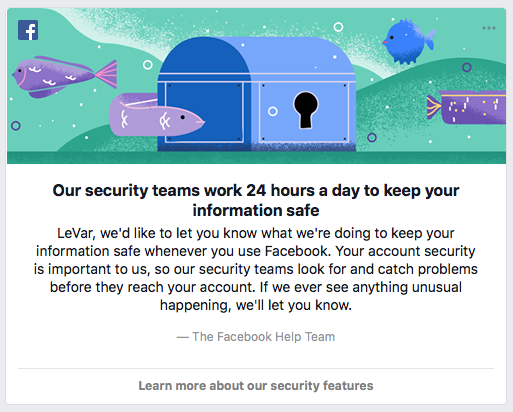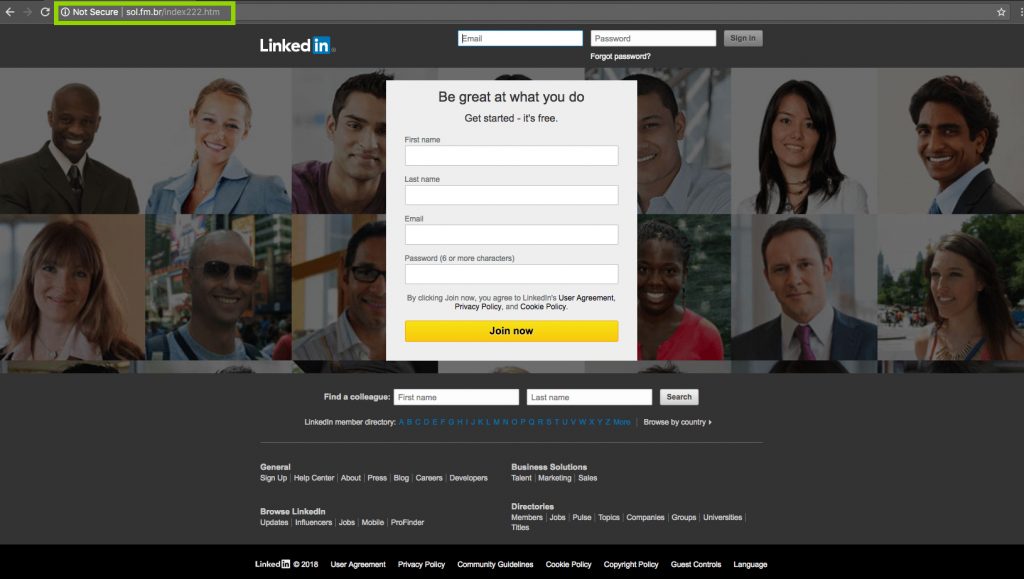Disaster Recovery Planning
It seems like it’s almost every day that the news reports another major company outage and as a result, the massive operational, financial and reputational consequences experienced, both short- and long-term. Widespread systemic outages first come to mind when considering disasters and threats to business and IT service continuity. But oftentimes, it’s the overlooked, “smaller” threats that regularly occur. Human error, equipment failure, power outages, malicious threats and data corruption can too bring an entire organization to a complete standstill.
It’s hard to imagine that these organizations suffering the effects of an outage don’t have a disaster recovery plan in place — they most certainly do. But, why do we hear of and experience failure so often?
Challenges with disaster recovery planning
Documenting
At the heart of any successful disaster recovery plan is comprehensive, up-to-date documentation. But with digital transformation placing more reliance on IT, environments are growing larger and more complex, with constant configuration changes. Manually capturing and documenting every facet of IT critical to business continuity is neither efficient or scalable, sending to us our first downfall.
Testing
Frequent, full-scale testing is also critical to the success of a thorough disaster recovery plan, again considering the aforementioned scale and complexity of modern environments — especially those that are multi-site. Paired with the resources required and potential end-user impact of regular testing, the disaster recovery plan’s viability is often untested.
Executing
The likelihood of a successful failover — planned or unplanned — is slim if the disaster recovery plan continues to be underinvested in, becoming out-of-date and untested quickly. Mismatched dependencies, uncaptured changes, improper processes, unverified services and applications and incorrect startup sequences are among the many difficulties when committing to a failover, whether it’s a single application or the entire data center.
Compliance
While it is the effects of an IT outage that first come to mind when considering disaster recovery, one aspect tends to be overlooked — compliance.
Disaster recovery has massive compliance implications — laws, regulations and standards set in place to ensure an organization’s responsibility to the reliability, integrity and Availability of its data. While what constitutes compliance varies from industry to industry, one thing holds true — non-compliance is not an option and brings with it significant financial and reputational risks.







